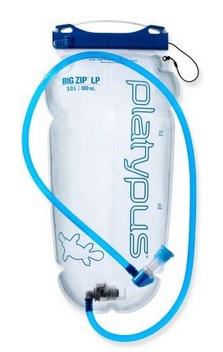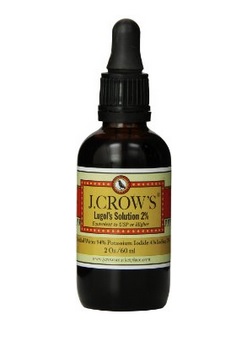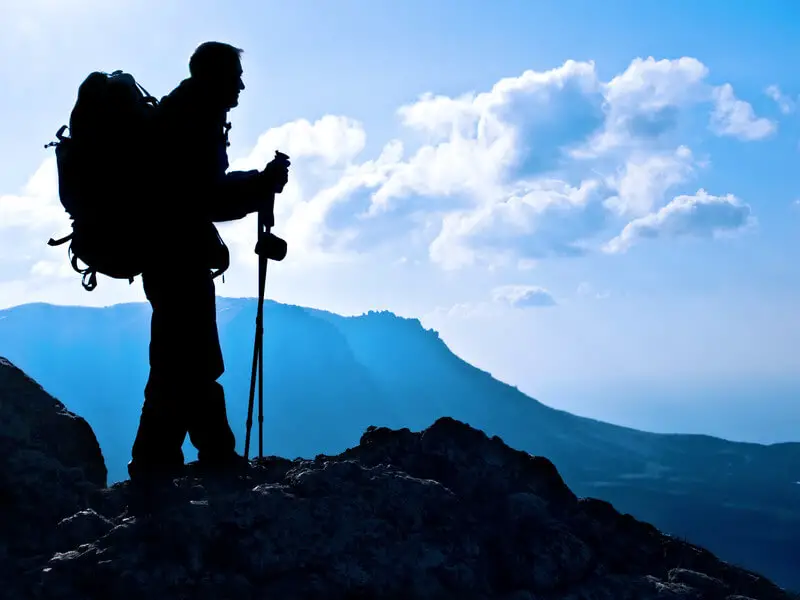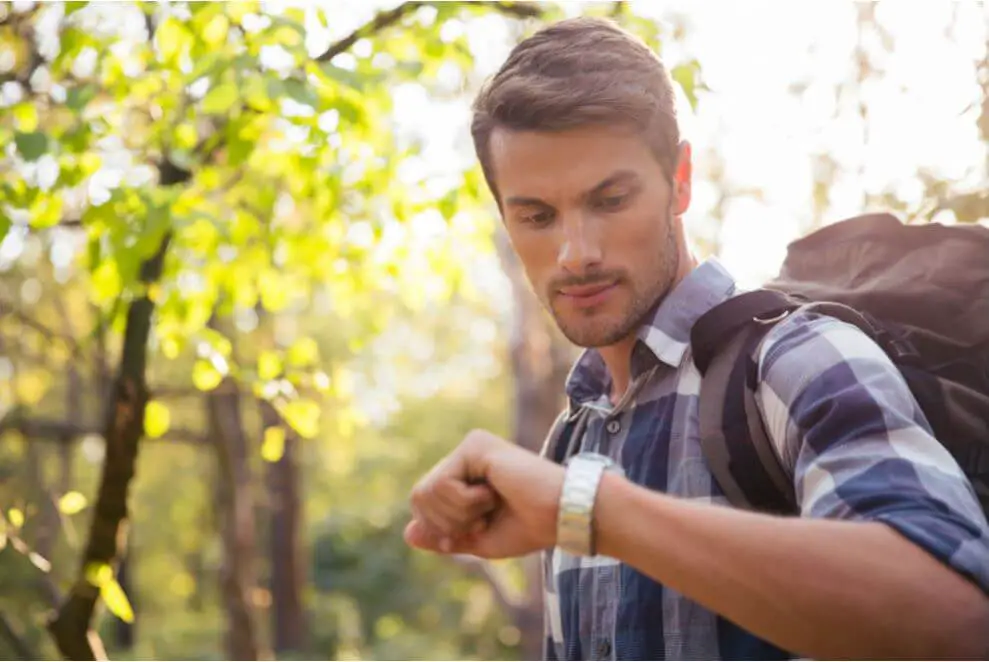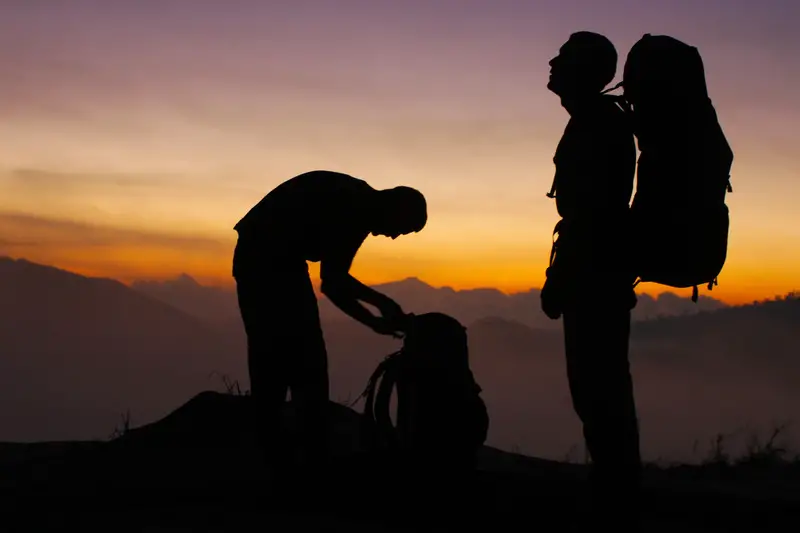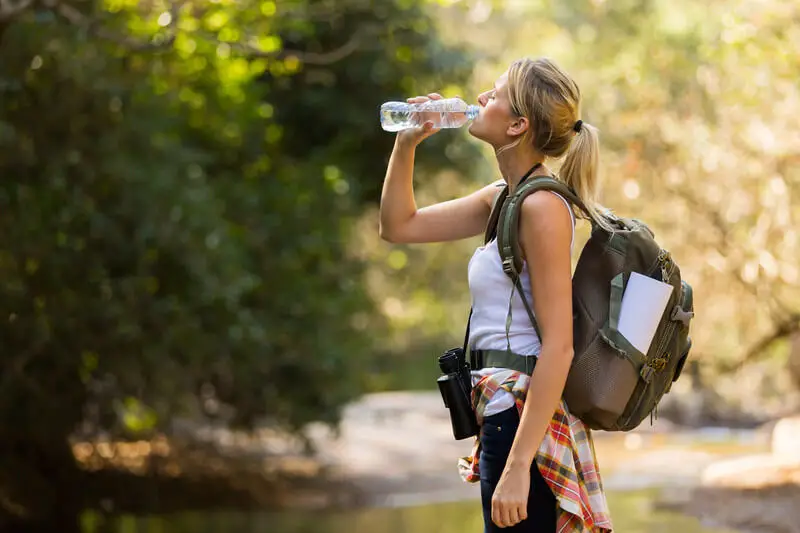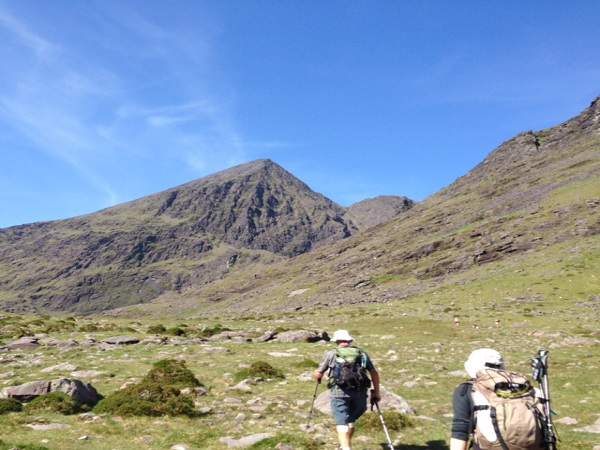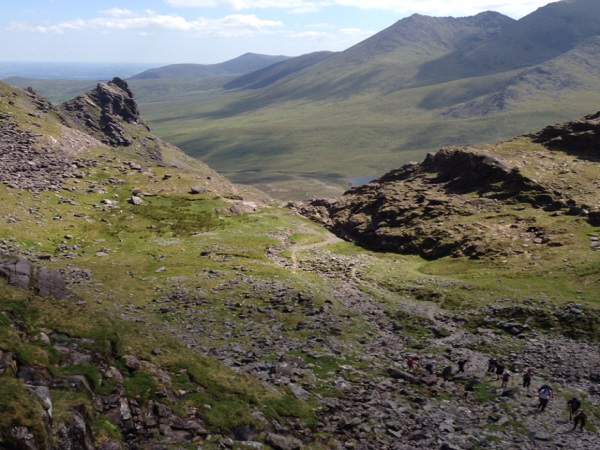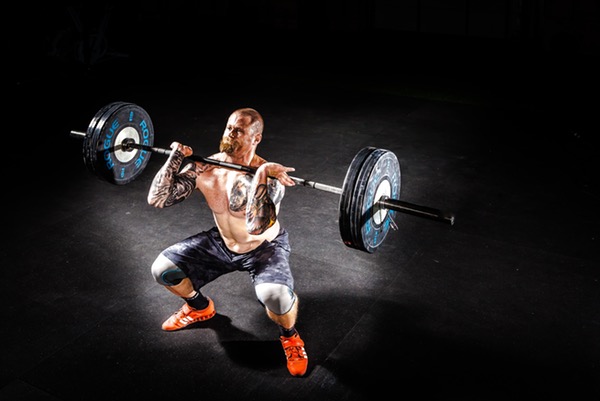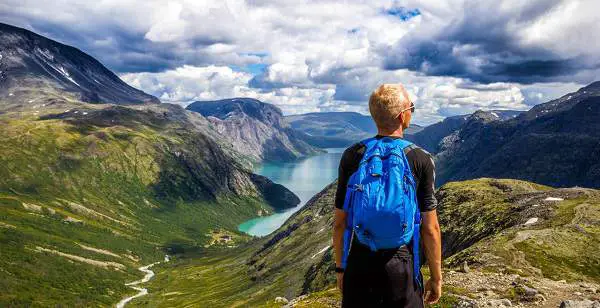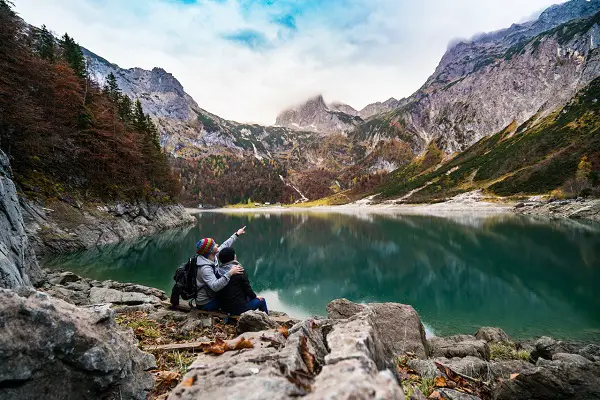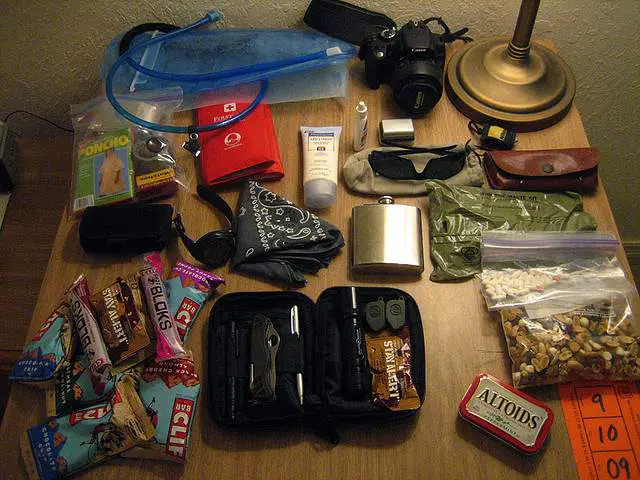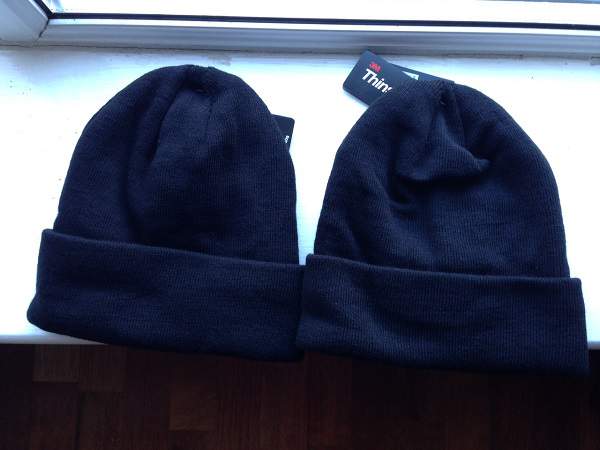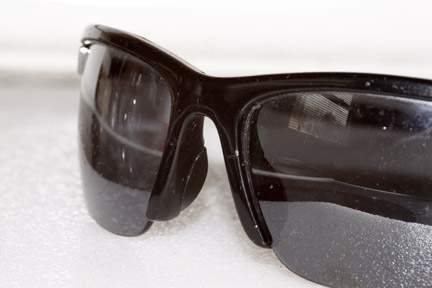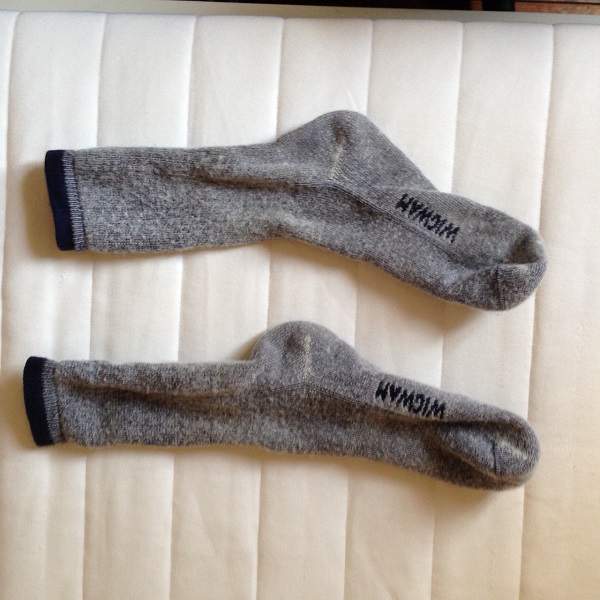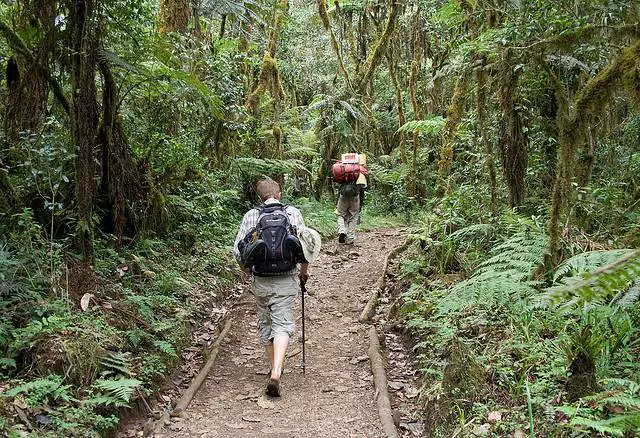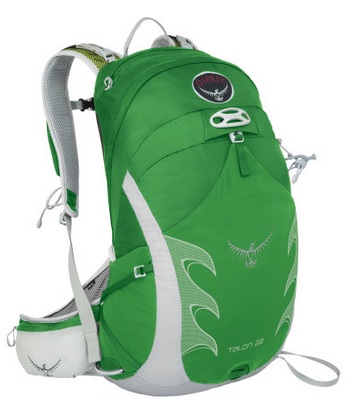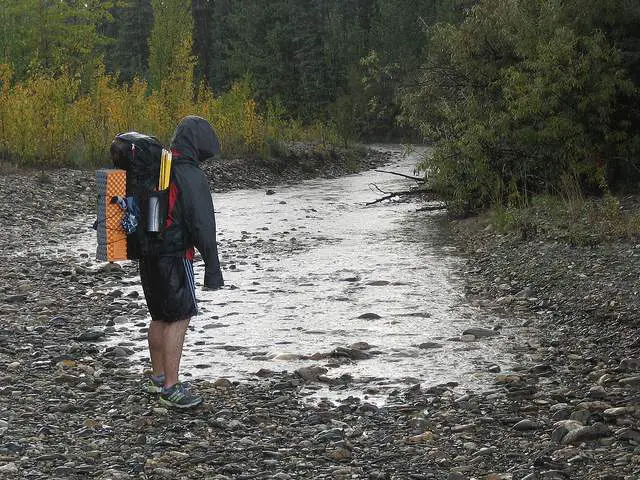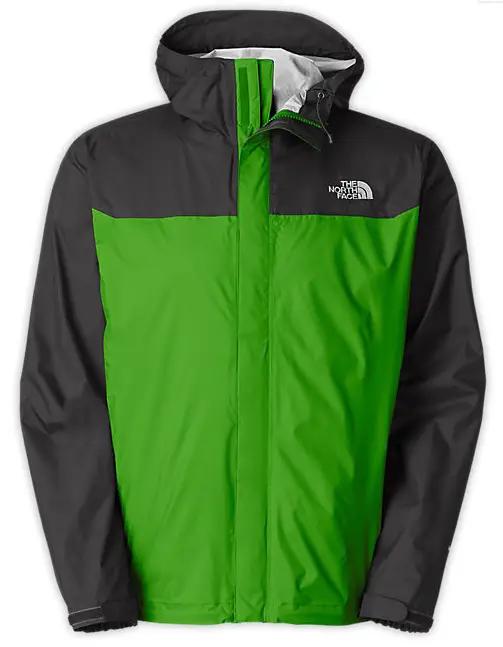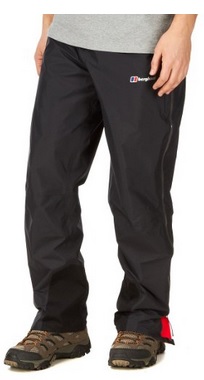It goes without saying that’s it’s important to have an adequate supply of drinking water when you’re out on the trail.
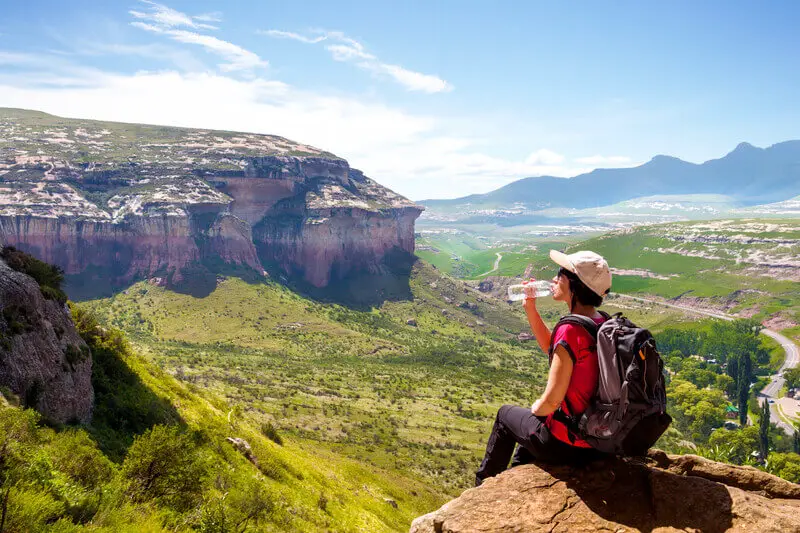
However, it’s not quite immediately as evident how to carry water while hiking, once you’ve figured out how much you’ll need, especially to folks new to hiking.
How Much Water to Carry When Hiking
The amount of water you’ll need to carry with you varies according to several different factors, and how much you’ll need can influence your choice of how you carry water while you’re hiking.
Finding the right amount can be tricky for beginners, take too much and you’ll be weighed down unnecessarily, take too little and you’ll risk dehydration.
Here’s some factors you should take into account to help you to decide how to carry your water for your hike.
Once you’ve taken all of these variables into account, you should have a better idea of how much water you’ll need to take with you and consequently how to best carry it.
Length of Your Hike
The longer your hike, the more water you’ll need to factor in. Don’t forget when you make the change from a day hike to an extended backpacking trip, you’ll have to factor in the evening and morning time’s hiking refreshment.
It won’t suffice to simple double the amount you take with you on a day hike, and you may need to factor in water sources as you travel.
Temperature
It is kind of stating the obvious, but you’ll need to drink more water in hotter areas or during hotter periods of the year. to replace extra water lost through perspiration.
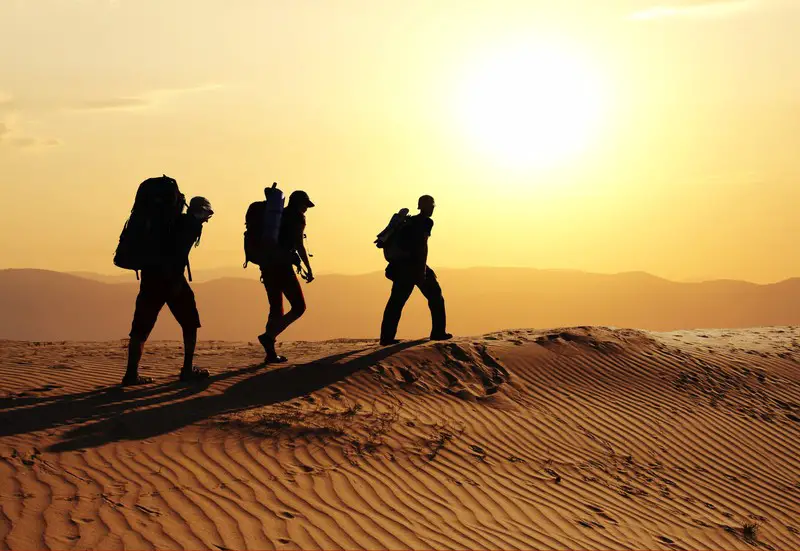
Pay attention to the weather and the atmosphere e.g. hot and humid vs. hot and dry, and so on. You will need plenty of water either way, but if you happen to head out on an extra hot day, you may need to take a little bit more.
Physical Exertion
Again maybe obvious to some, but it is worth mentioning. A tough, physically-demanding hike will require you to drink more water to stay in top form.
If you’re on a tough day hike, you can also plan to drink a lot more water before and after your hike.
Location
Research your location through reputable, up-to-date sources. If you’re not heading out into the backcountry, there could well be sources of drinking water in the vicinity to your trail including nearby villages or towns.
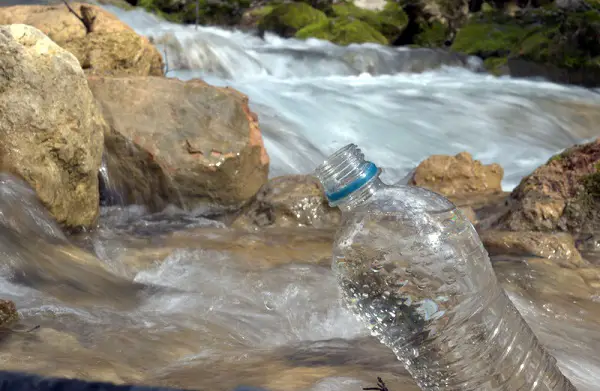
State and national parks will often indicate water refill points. The location of any creeks or other water sources will feature on maps, so make sure you have appropriate water purifying equipment.
Food & Hygiene
Don’t forget to factor in any water you’re planning to use for cooking and washing purposes on extended hiking trips.
Using water you’ve boiled to cook food is a smart way to get more use out of the fuel, water, etc. I am obviously referring to food being heated up in packs, not water directly mixed with food … just saying 🙂
Equipment
As touched on above, with the wealth of different equipment available nowadays to purify water from most natural sources, you could cut back the amount you need to carry by a significant amount.
Of course, you’ll need to be as certain as possible that the sources you’re planning on using are not dried up, as well as having a back-up plan just in case.
Personal Preference
Some people drink a lot of water when they’re out hiking, while others drink less.
If you tend to drink more after a long hike bear this in mind if you’re planning for your first extended trip over several nights.
I drink a ton of water when I hike! I have a good hiking friend who drinks maybe a quarter of what I drink! It really can be very different for different people, so getting to know how much your body needs is a really good idea.
This comes over time as you hike more and more, you naturally learn how much you need. When starting out, it’s of course better to have more than less!
Hydration Bladder vs Bottles of Water
On the trail the two main ways to transport water are via a hydration bladder or traditional water bottles.
Both have their own advantages and disadvantages, with the main deciding factor coming down to personal preference.
Some people even prefer to use a hydration bladder with a spare bottle in their backpack for handy refills or for drinking when taking a break. I utilize this myself when I need to carry extra water.
Here’s some of the main pros and cons of using both hydration bladders and bottles while you’re hiking.
Water Bottles for Hiking
Plastic bottles are lightweight and handy to use. You can pick them up just about anywhere and reuse and refill with ease.
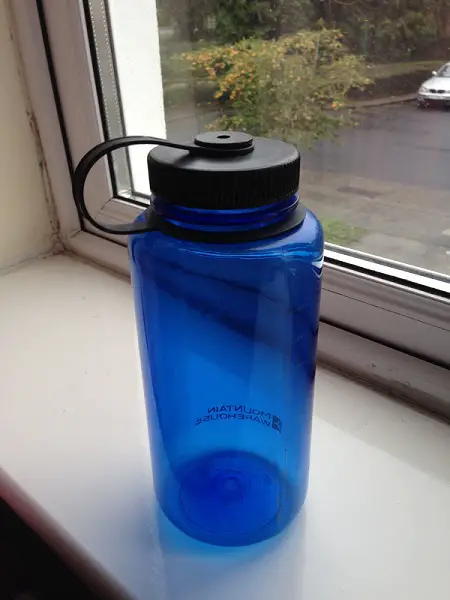
When you use them in your backpack side pockets you can usually reach them without having to take your pack off, although when the weather’s hot your water will heat up pretty rapidly.
Putting them inside your backpack will mean you’ll have to stop and remove your backpack for every sip. In any case you’ll probably at the very least need to pause to unscrew your bottle and drink if you want to avoid tripping up.
Aside from having to stop regularly and possibly risking drinking less if you don’t tend to take regular breaks, bottles also have a relatively small capacity compared to a hydration bladder.
This puts them at a distinct disadvantage for longer trips, however they are extremely useful for refilling and for this reason alone, we think it’s well worth taking some sort of bottle with you.
Collapsible bottles can be useful to carry when using a hydration bladder and they take up much less space when they’re not in use.
Hydration Bladder
Hydration bladders allow you to carry a lot more water and to drink on the go. Most good modern backpacks have compartments specially designed for hydration bladders so the load is easy to carry and doesn’t move around.
Although they’re also made of plastic, a good hydration bladder will last a long time, making them more ecologically responsible and environmentally friendly than disposable bottles which end up getting replaced much more frequently.
You can of course get a good refillable water bottle too, and we of course recommend that over plastic bottles from your local store.
As you can drink on the go, you’re also less likely to become dehydrated by drinking more frequently throughout the course of your hike.
Unfortunately hydration bladders are literally not to everybody’s taste. Although many people don’t experience any issues with their hydration bladders, others experience an unpleasant plastic taste.
When you’re preparing for a hot day’s hiking, you won’t be able to stick your hydration bladder in the freezer, to have cold water while hiking, like a bottle as you’ll risk splitting the pipes.
However, you can put some ice in it just before setting off. Bear in mind that the water in the tube is going to get warm in hot weather.
You’ll either have to spit out your first mouthful or gulp down extra to get to the cool water from further within. Once again, this doesn’t bother some people at all, while others find it more off putting.
Other Options
You may want to consider other types of bottles to use either alone or alongside standard bottles of water or your hydration bladder.
Using a bottle with a sports cap can make drinking on the go much easier. In hot weather you may want to consider using a insulated bottle designed to keep your drink cold for several hours.
Such bottles often also work well in winter for keeping drinks warm, if you like to take a hot coffee or chocolate for a mid-morning break on a winter day hike for example.
If you’re looking for ways to cut back on carrying a lot of water, you can also carry specialized water filters or water treatment chemicals allowing you to refill your bottles or hydration bladder out on the trail.
Note, if you’re using a water treatment process that takes several hours (as opposed to more instant on the go results like with a filter), you’re going to need a plastic bottle to store the water in while it’s being treated before putting it into your hydration bladder.
Always be super careful when filtering water and make sure you do it right, be sure to know how to use your filtering tool properly, and with an appropriate water source.
You could take a collapsible bottle with you for this and help save on space in your backpack.
Conclusion
If you’re still wondering how to carry water while hiking, the best way to carry water for longer hikes and extended trips is probably going to be using a hydration bladder.
However, keeping a bottle of water to hand too, can also be extremely useful for refills and can be more pleasant to drink from when you’re taking a break.
Whether you prefer an hydration bladder or a water bottle, whatever works best for you is ultimately the best choice.
Just be sure that you plan ahead and take enough water for the duration of your hike, or until you can reach a confirmed refill point with well thought-out contingency plans, especially in hot climates.
